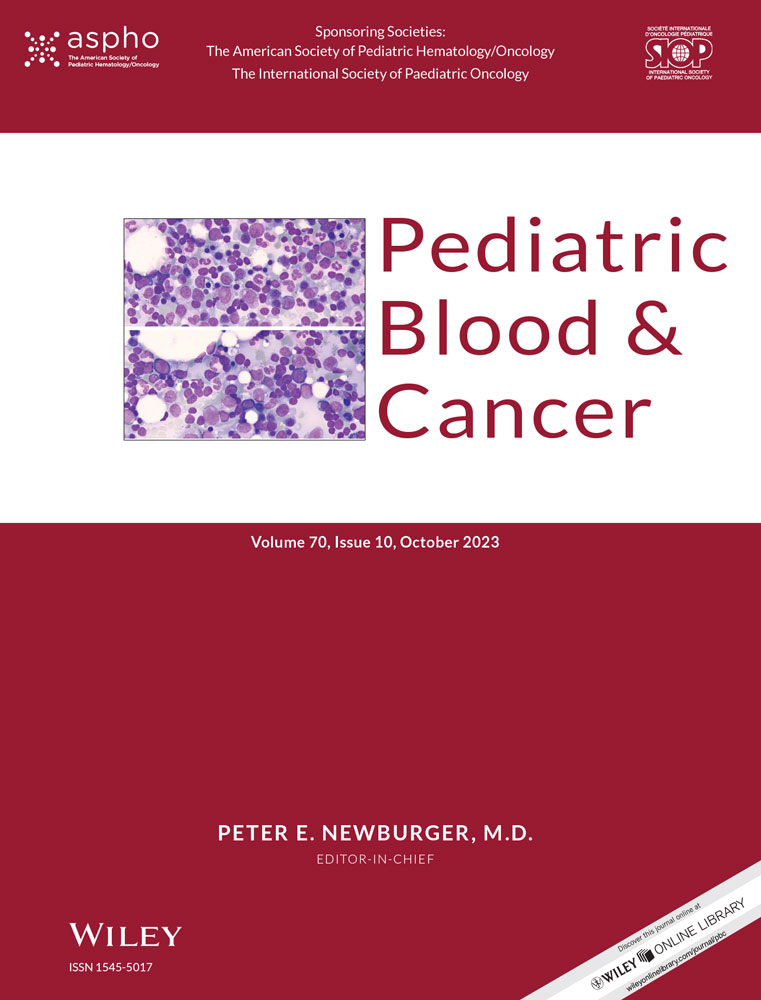A novel mobile health application to support cancer surveillance needs of patients and families with cancer predisposition syndromes
Abstract
Background
At least 5%–10% of malignancies occur secondary to an underlying cancer predisposition syndrome (CPS). For these families, cancer surveillance is recommended with the goal of identifying malignancy earlier, in a presumably more curable form. Surveillance protocols, including imaging studies, bloodwork, and procedures, can be complex and differ based on age, gender, and syndrome, which adversely affect adherence. Mobile health (mHealth) applications (apps) have been utilized in oncology and could help to facilitate adherence to cancer surveillance protocols.
Methods
Applying a user-centered mobile app design approach, patients with a CPS and/or primary caregivers were interviewed to identify current methods for care management and barriers to compliance with recommended surveillance protocols. Broad themes from these interviews informed the design of the mobile app, HomeTown, which was subsequently evaluated by usability experts. The design was then converted into software code in phases, evaluated by patients and caregivers in an iterative fashion. User population growth and app usage data were assessed.
Results
Common themes identified included general distress surrounding surveillance protocol scheduling and results, difficulty remembering medical history, assembling a care team, and seeking resources for self-education. These themes were translated into specific functional app features, including push reminders, syndrome-specific surveillance recommendations, ability to annotate visits and results, storage of medical histories, and links to reliable educational resources.
Conclusions
Families with CPS demonstrate a desire for mHealth tools to facilitate adherence to cancer surveillance protocols, reduce related distress, relay medical information, and provide educational resources. HomeTown may be a useful tool for engaging this patient population.
CONFLICT OF INTEREST STATEMENT
The authors declare they have no conflicts of interest.
Open Research
DATA AVAILABILITY STATEMENT
The data that support the findings of this study are available from the corresponding author upon reasonable request.




